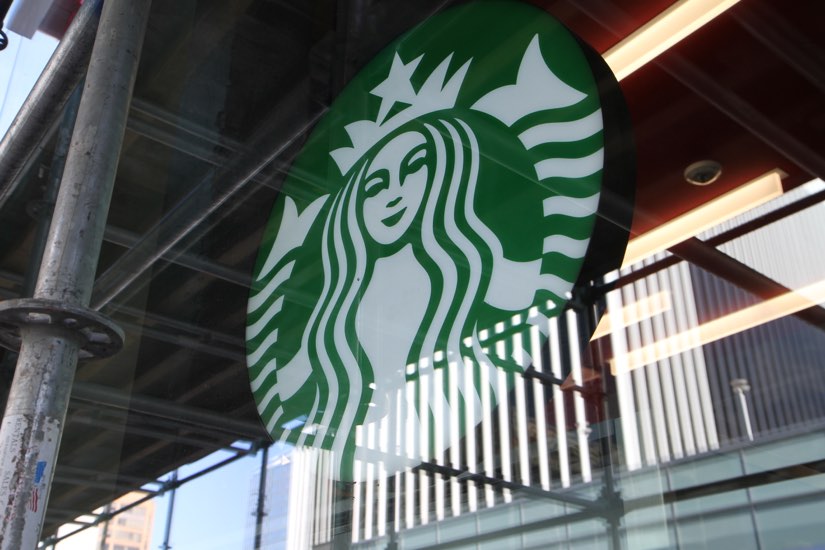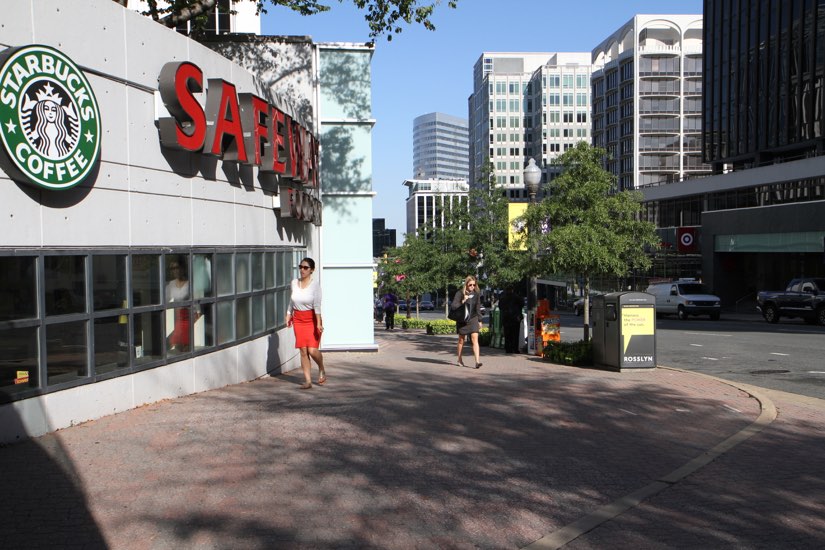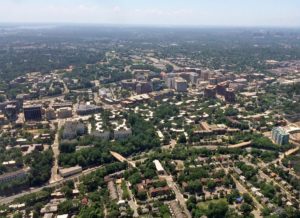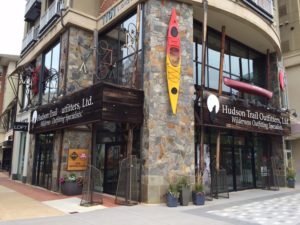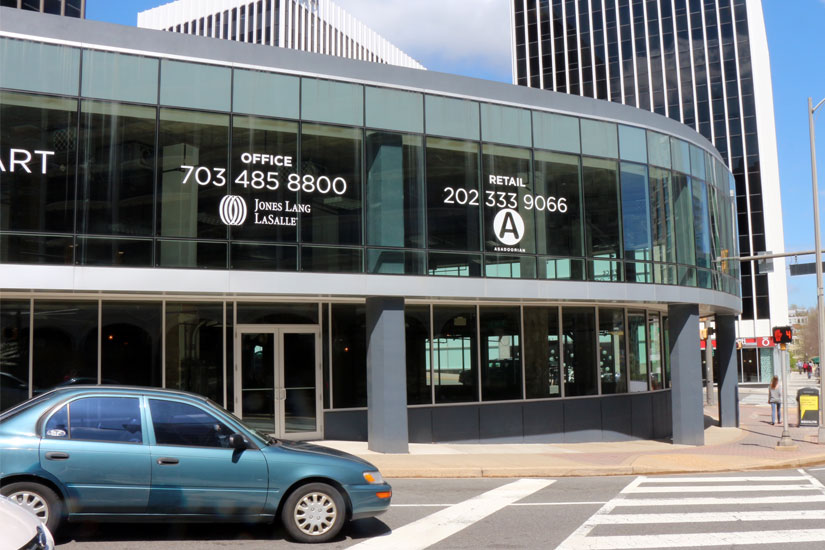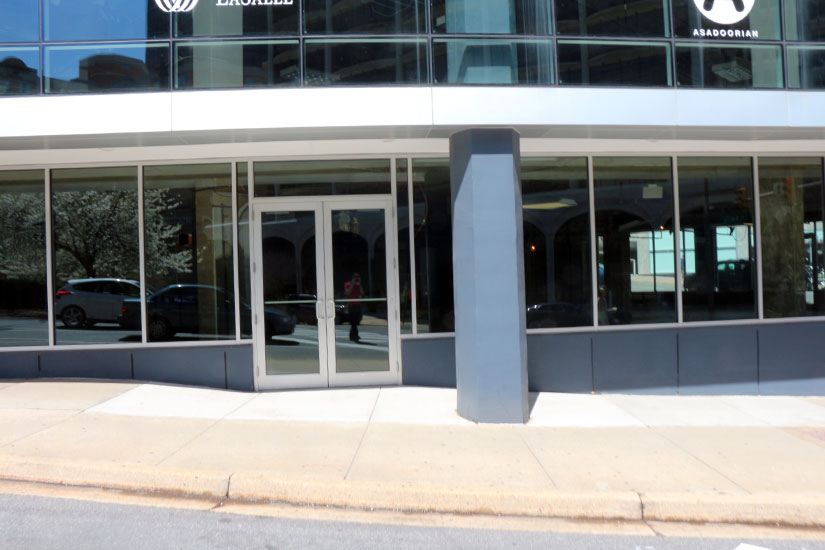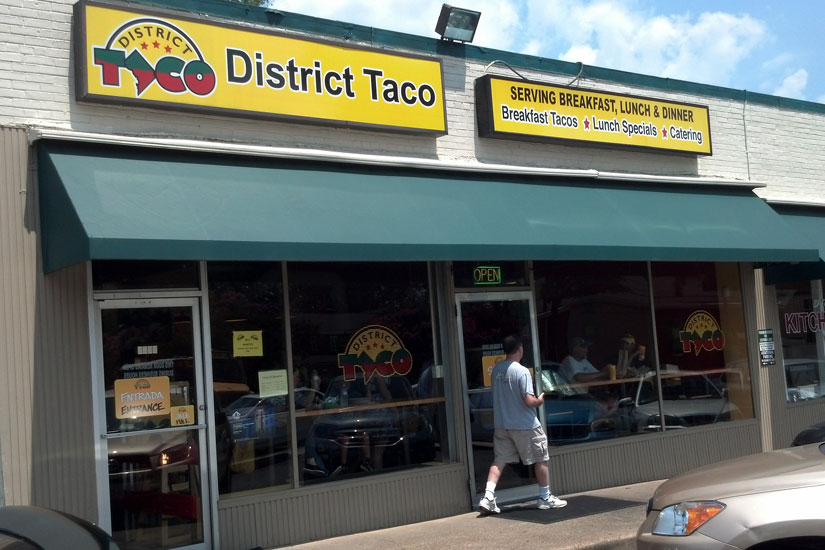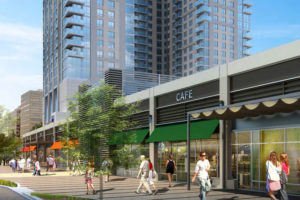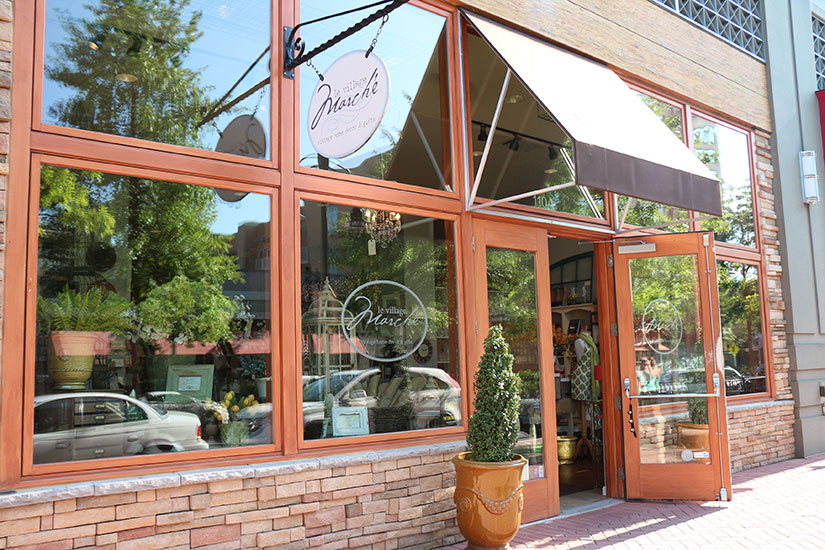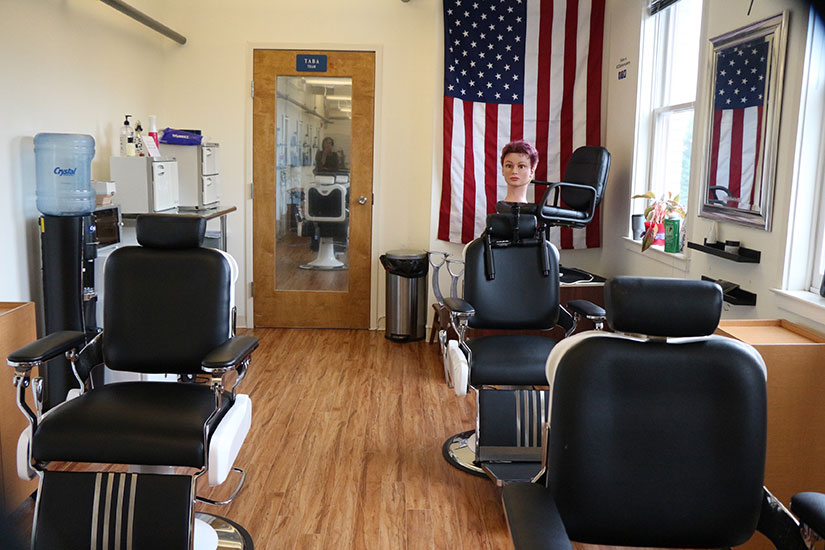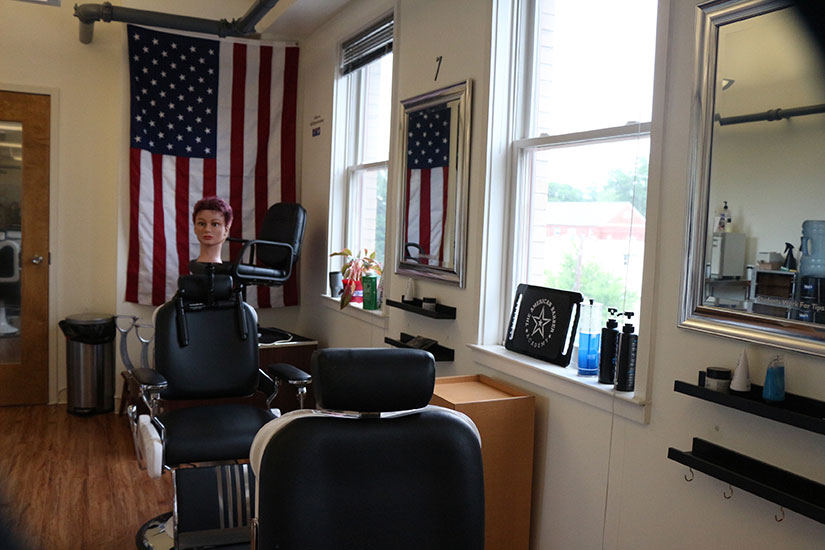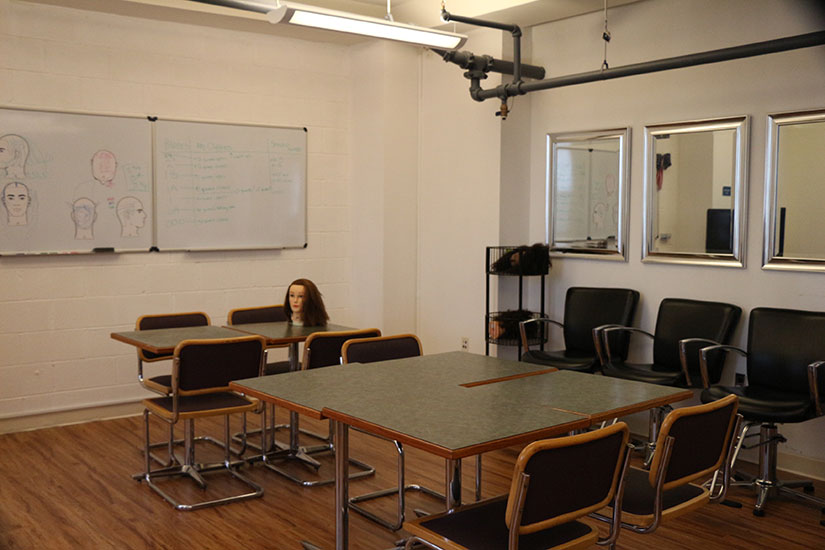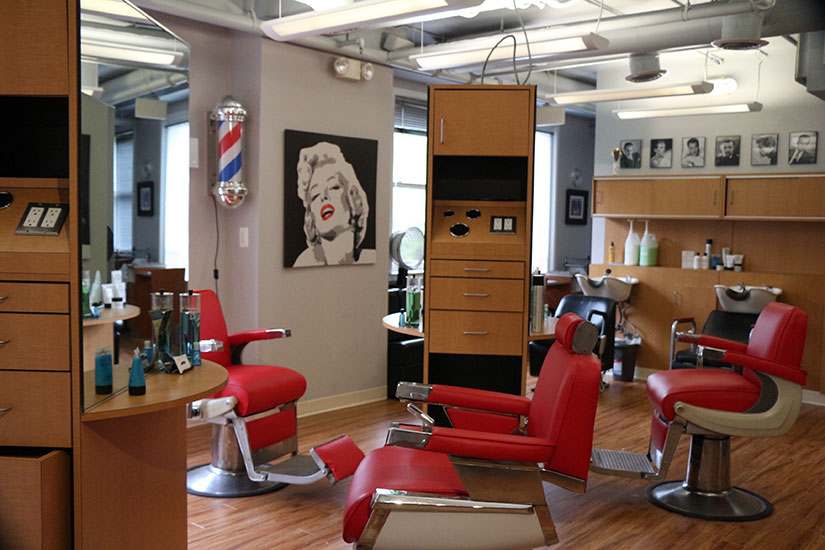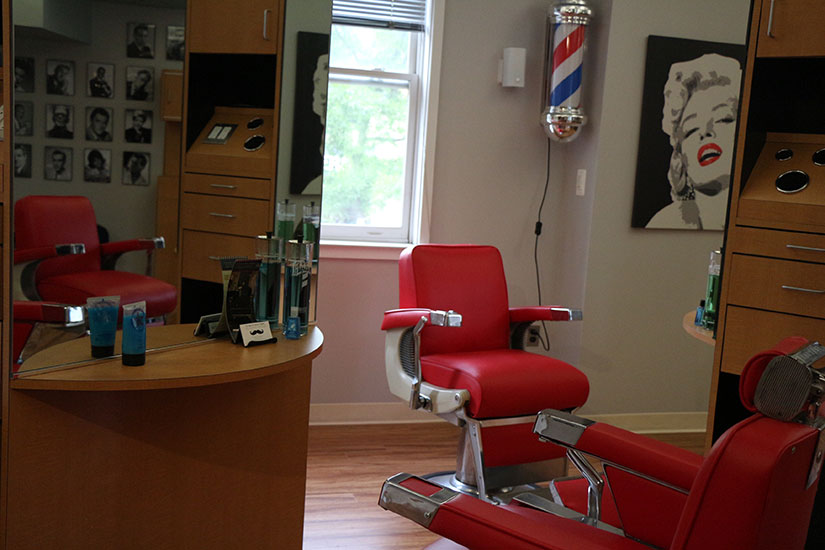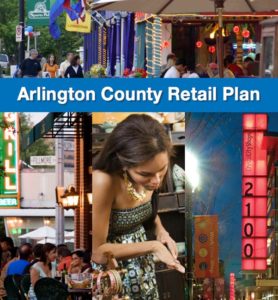 (Updated at 10:55 a.m.) The Arlington County Board is scheduled to vote Saturday on a major update to its retail policies.
(Updated at 10:55 a.m.) The Arlington County Board is scheduled to vote Saturday on a major update to its retail policies.
The new Arlington County Retail Plan would move away from the county’s current “retail everywhere” policy, which was an attempt to provide more lively street life around Arlington by requiring retail spaces in most new commercial buildings.
While successful by some measures, “retail everywhere” — a policy last updated in 2001 — has hit snags, with the owners of buildings in low-foot-traffic areas struggling to find viable retail tenants.
The new retail plan, which has been seven years in the making, is an attempt to concentrate retail in the highest foot traffic areas of commercial corridors, while encouraging more retail-friendly building designs. The hoped-for end result: more vibrant stretches of retailers and restaurants in Arlington.
“This updated approach will strengthen Arlington’s primary retail nodes; allow long- and short-term market shifts in retail and ground floor use to occur within this retail policy framework; accommodate innovative uses on the ground floor; and increase Arlington’s overall level of economic competitiveness,” according to a staff report.
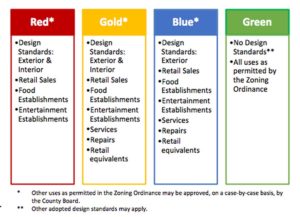 While county staff says the new retail plan is more flexible in its approach, some in the business community have said it remains too rigid.
While county staff says the new retail plan is more flexible in its approach, some in the business community have said it remains too rigid.
The plan includes color-coded maps of neighborhoods like Clarendon and Crystal City, with each color corresponding to a different retail approach. In the red areas — those with the highest foot traffic — county planners want to encourage food, entertainment and shopping destinations, while discouraging large building lobbies and service businesses, like dry cleaners.
In other coded areas, there is more flexibility, but still some design guidelines and an action plan for the type of businesses the county would like to see in ground floor spaces.
 Critics say the county is “acting like a mall operator” in trying to decide which businesses go where. In “curating what the community wants on the street,” in the words of one business leader who requested anonymity, the county is again taking a proscriptive approach — one that may not reflect the changing market a decade or two down the line.
Critics say the county is “acting like a mall operator” in trying to decide which businesses go where. In “curating what the community wants on the street,” in the words of one business leader who requested anonymity, the county is again taking a proscriptive approach — one that may not reflect the changing market a decade or two down the line.
For instance, high-end service businesses like blow dry bars are growing in popularity and may want to locate in one of the “red zones,” where the county is now specifically saying they shouldn’t exist.
There have also been concerns raised about the wisdom of restricting business lobbies, which ostensibly are needed in order to serve the building’s main purpose — being an attractive place for offices or apartments. Others in the business community have disputed the coding of the plans, though some of those concerns were addressed in a recent update of the plan.
“The refinements to the Retail Plan, which address concerns and comments raised through the public process, have made for a stronger document,” the staff report says. “The retail street maps, while not meeting 100 percent consensus by all stakeholders, provide a balance of the stakeholder positions and existing policies pertaining to ground floor use.”
Additionally, while property owners are still able to request exceptions through the county’s site plan process, some say that process remains too rigid, time-consuming and expensive. An apartment building owner might be reluctant to spend tens of thousands in attorney’s fees and staff time, for instance, on a site plan amendment that could allow a dry cleaner to go where there was formerly a small convenience store.
(more…)
 Curiously, this will be the third Starbucks location within a one block radius. Shoppers sipping their latte from the store will be able to look out the big glass windows and see two Starbucks across the street, one inside the Safeway (1501 17th Street N.) and the other freestanding (1525 Wilson Blvd).
Curiously, this will be the third Starbucks location within a one block radius. Shoppers sipping their latte from the store will be able to look out the big glass windows and see two Starbucks across the street, one inside the Safeway (1501 17th Street N.) and the other freestanding (1525 Wilson Blvd).

